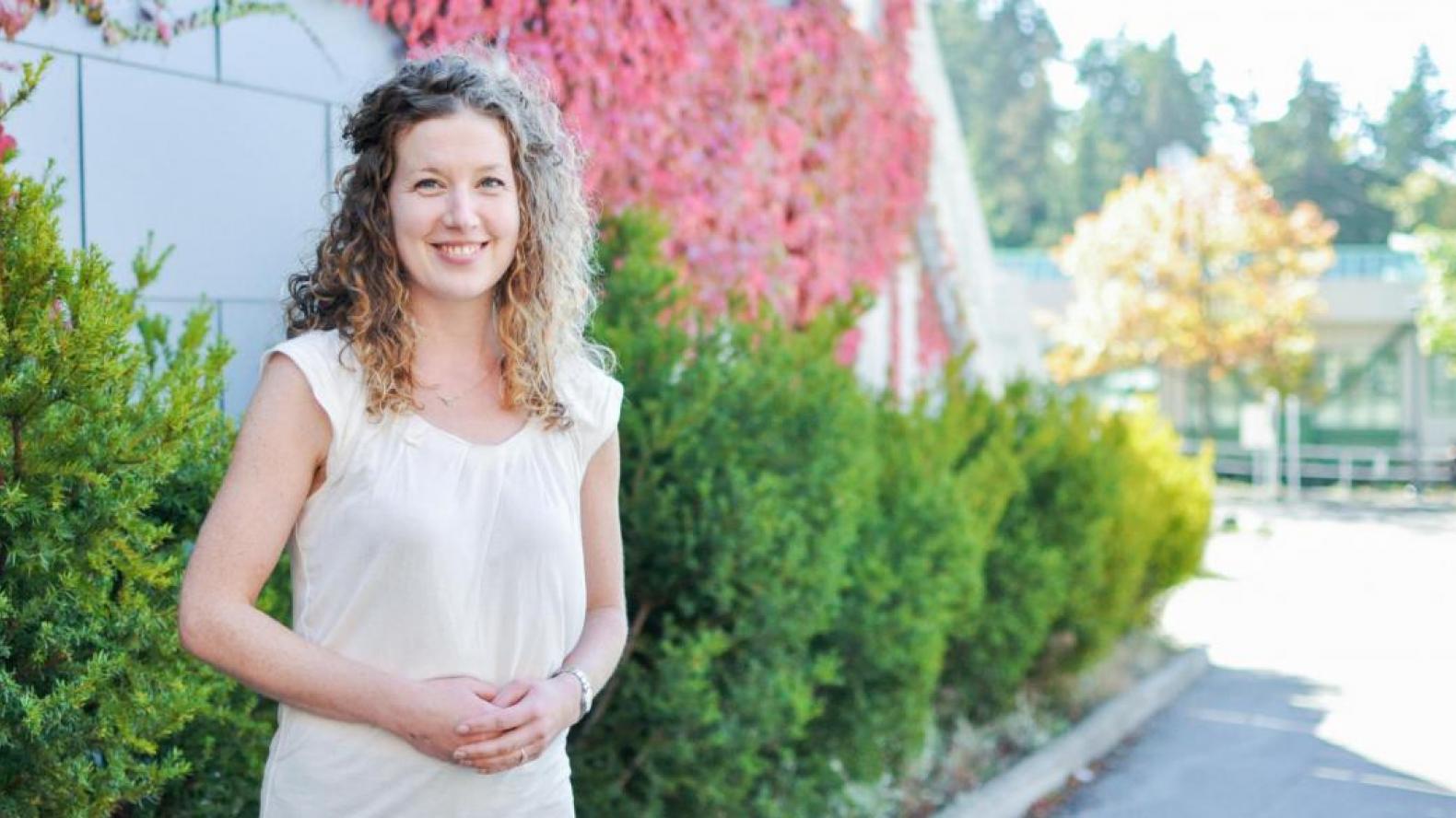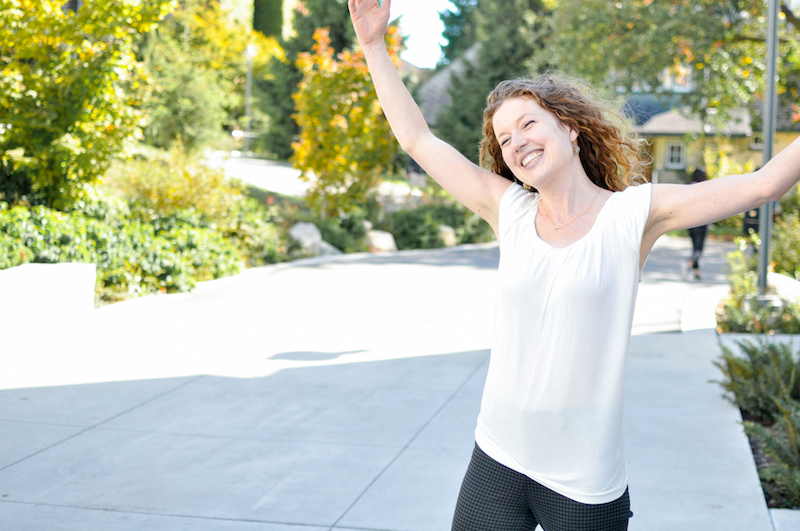
In time for the start of the new academic year, UBC’s SEEDS Sustainability Program was recognized with a global Green Gown Award for Student Engagement. The award seeks to recognize university and college sustainability leadership across the world.
Facilitated by the Global Universities Partnership on Environment and Sustainability (GUPES) network across over 800 universities and colleges, the award is a joint initiative supported by the United Nations Environment Programme (UNEP) and the Environmental Association for Universities and Colleges (EAUC).
Liska Richer, Manager of the SEEDS Sustainability Program, facilitates integration between academic and operational sides of the university by building bridges between student, faculty and staff partners with shared interests.
We sat down with her to learn what makes the SEEDS Sustainability Program stand out:
What does winning the GUPES Green Gown Award mean for the program?
It’s a wonderful opportunity to shine some light on both the SEEDS Sustainability Program itself and on the work of our amazing team. It’s a broader recognition that our model has the potential to create new partnerships and continue to be adopted by other universities around the world.
It’s also really rewarding to see our program be part of a larger global network of higher education institutions which are contributing to social, ecological and sustainability goals.
Tell us about the program model and how it creates impact?
The SEEDS Sustainability Program was founded on the community-based action research approach. This means projects are grounded in the community that they affect. All of our projects involve students, faculty and staff identifying solutions to sustainability challenges – or opportunities.
We involve participants throughout the entire process, from conception to presentation and potential implementation - it’s a full cycle. If you have a sustainability problem, we can create the research opportunity. This is the essence of the model, and what makes it scalable and transferable to any context.
What has made the model so successful at UBC?
With a daytime population of 70,000 on the Vancouver campus, we’re a microcosm that mimics in many ways the city, and in fact the world we’re embedded in. We have a unique opportunity at UBC to solve real-world challenges by leveraging a wide range of faculty and staff expertise right here on campus.
Our size and diversity means that we have a rich area of problems to dive into, and this creates a real value proposition for the university.
What inspires you most about the work you do?
What inspires me is how the projects give birth to something that feels real, tangible and meaningful.
Every project is like leaving seeds around campus that will grow as other projects build on them. It’s inspiring to plan and watch the pieces interact and grow together to contribute to something much larger. Students also get to realize that they have a significant voice through this program, and it’s exciting to see them so engaged through the process.
They’re being taken seriously for what they bring to the table through developing the projects and proposing their findings as part of a real world project team.
Another moment that inspires me is seeing the look of bewilderment on the faces of staff when they realize they can propose any kind of project that will directly impact their work, and have research-based resources at their fingertips.
When I was doing my PhD and teaching I was very involved with academics. It was an awesome, stimulating experience, but I wanted more diversity in my spectrum of work. This program is about sitting in the middle of academia and operations, and being able to talk both languages. It’s an area I’m most comfortable in, being in the middle and building bridges.

What are some of your favorite moments from the program?
I was working on a UBC Food Systems project to identify the different food systems stakeholders on campus. We brought a group of really diverse stakeholders together, who were not at all on a level of playing field in terms of values, resources or approach.
I led an exercise where I got everyone to work together and envision a sustainable food system, very high level and idealistic, and what we found was that everyone had the same values in wanting healthy food, clean water and a green campus.
It was a joy for me to create a sense of unity and have people work together who may have otherwise not wanted to. That was a real turning point for me.
What are some of the upcoming SEEDS Projects we should look out for?
SEEDS projects are directly tied to the university’s sustainability goals. Over the next few years, zero waste will remain a huge priority. Working with psychology and engineering students, we’re continuing to create a cluster of projects around behavior change.
Other topics are looking into vibrancy, social sustainability and place-making on campus. We’re creating clusters of projects around how people and places connect.
A new area I’m excited about is biodiversity. This is the first year we are rolling it out, asking question like: how do we start understanding biodiversity on campus, and why should we care?
What’s your best piece of advice?
Be vulnerable. Bring your whole self to work every day.